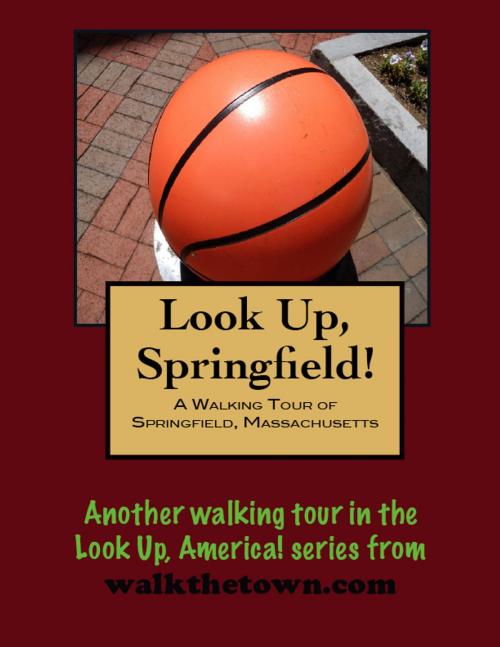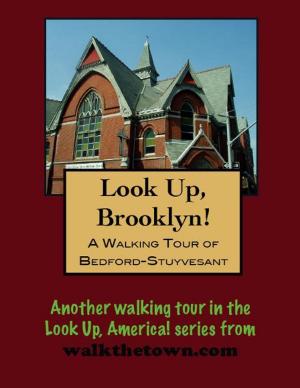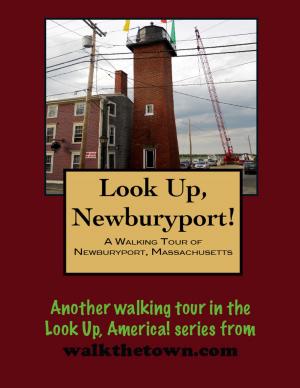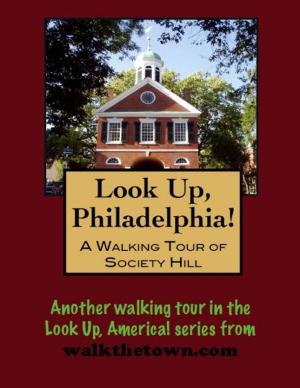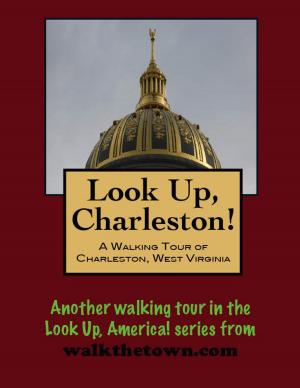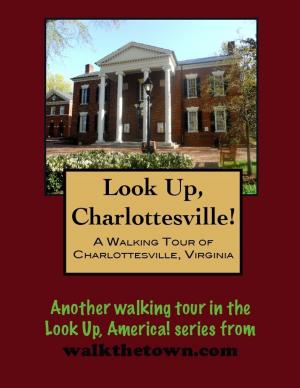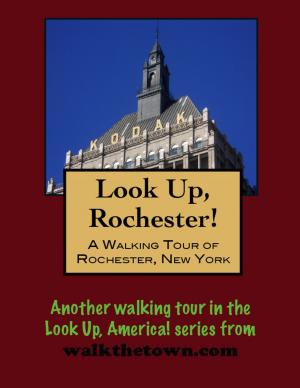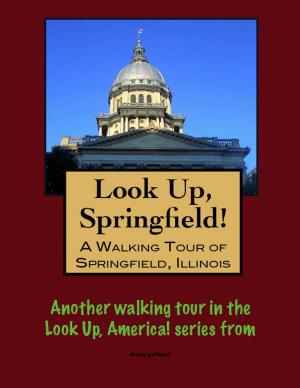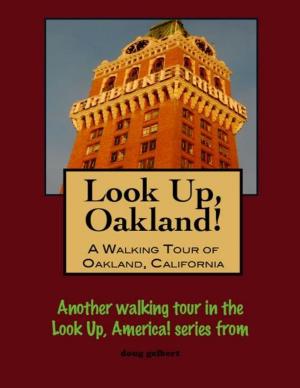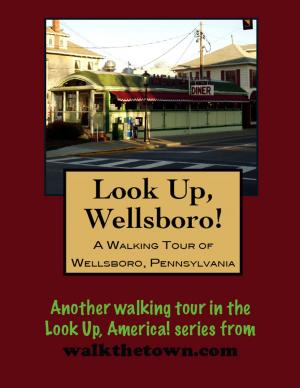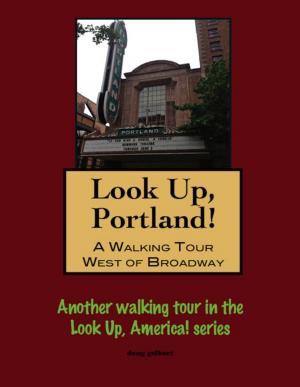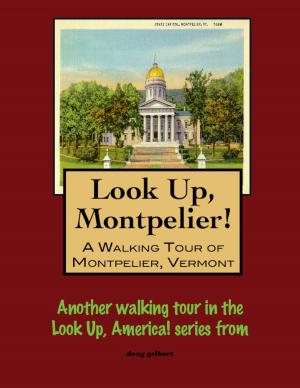| Author: | Doug Gelbert | ISBN: | 9781458011718 |
| Publisher: | Doug Gelbert | Publication: | February 16, 2011 |
| Imprint: | Smashwords Edition | Language: | English |
| Author: | Doug Gelbert |
| ISBN: | 9781458011718 |
| Publisher: | Doug Gelbert |
| Publication: | February 16, 2011 |
| Imprint: | Smashwords Edition |
| Language: | English |
There is no better way to see America than on foot. And there is no better way to appreciate what you are looking at than with a walking tour. Whether you are preparing for a road trip or just out to look at your own town in a new way, a downloadable walking tour is ready to explore when you are.
Each walking tour describes historical and architectural landmarks and provides pictures to help out when those pesky street addresses are missing. Every tour also includes a quick primer on identifying architectural styles seen on American streets.
In 1891 Dr. James Naismith, seeking a game to fill the winter months for his physical education class, had wooden baskets nailed to an elevated track ten feet above the Springfield YMCA gym floor and invented basketball. Dr. Naismith would never play the game that he devised, the only major sport invented in America, a game that would spread more rapidly than any sport in history. Today Springfield is famous as the home of basketball yet in the 1930s in the influential guidebook produced by the federal government, Massachusetts: A Guide To Its Places and People, the invention of basketball is never mentioned in the history of Springfield.
The city has never lacked for influential personalities, tracing back right to the founding of the town by a small group led by William Pynchon. The settlement was originally named Agawam Plantation, but in 1640 it was renamed Springfield after the village near Chelmsford, Essex in England where Pynchon was born. Pynchon guided the settlement through its early years, mostly by cashing in on the region’s beaver population. It is estimated that he exported between 4,000 and 6,000 beaver pelts a year between 1636 and 1652. When he was censured for his religious views in the early 1650s rather than retract his position he returned to England as a wealthy man.
George Washington cast the die for Springfield’s future when he selected the town as the site for the National Armory in the 1770s. The first ramification came when Daniel Shays presented the first armed challenge against the federal government in 1787 and picked the Armory as his target. Shays, a Revolutionary War veteran and farmer, and his “army” of 800 disgruntled taxpayers were repulsed by soldiers outside the walls of Armory, crushing the rebellion.
In the 1800s the Armory would be the catalyst for the industrialization of Springfield. The railroad came to town early and Springfield became an early leader n the manufacture of passenger coaches. Charles and Frank Duryea, built a gasoline powered automobile in their bicycle garage in town in 1893 and after the Duryea Motor Wagon’s first test was successful it became to be the first ever offered for sale. Beginning in 1929 the Granville Brothers (Zantford, Robert, Mark, and Edward) began building airplanes at the Springfield Airport. Their company lasted barely five years and they built only 24 planes but their sophisticated GeeBee planes set world speed records and made their names famous during the Golden Age of Flight in the 1930s.
Our walking tour will begin at the Armory that operated in Springfield for 174 years and is now a national historic site - and important for the walking tourist as a site of free parking for a visitor to the downtown of New England’s fourth largest city...
There is no better way to see America than on foot. And there is no better way to appreciate what you are looking at than with a walking tour. Whether you are preparing for a road trip or just out to look at your own town in a new way, a downloadable walking tour is ready to explore when you are.
Each walking tour describes historical and architectural landmarks and provides pictures to help out when those pesky street addresses are missing. Every tour also includes a quick primer on identifying architectural styles seen on American streets.
In 1891 Dr. James Naismith, seeking a game to fill the winter months for his physical education class, had wooden baskets nailed to an elevated track ten feet above the Springfield YMCA gym floor and invented basketball. Dr. Naismith would never play the game that he devised, the only major sport invented in America, a game that would spread more rapidly than any sport in history. Today Springfield is famous as the home of basketball yet in the 1930s in the influential guidebook produced by the federal government, Massachusetts: A Guide To Its Places and People, the invention of basketball is never mentioned in the history of Springfield.
The city has never lacked for influential personalities, tracing back right to the founding of the town by a small group led by William Pynchon. The settlement was originally named Agawam Plantation, but in 1640 it was renamed Springfield after the village near Chelmsford, Essex in England where Pynchon was born. Pynchon guided the settlement through its early years, mostly by cashing in on the region’s beaver population. It is estimated that he exported between 4,000 and 6,000 beaver pelts a year between 1636 and 1652. When he was censured for his religious views in the early 1650s rather than retract his position he returned to England as a wealthy man.
George Washington cast the die for Springfield’s future when he selected the town as the site for the National Armory in the 1770s. The first ramification came when Daniel Shays presented the first armed challenge against the federal government in 1787 and picked the Armory as his target. Shays, a Revolutionary War veteran and farmer, and his “army” of 800 disgruntled taxpayers were repulsed by soldiers outside the walls of Armory, crushing the rebellion.
In the 1800s the Armory would be the catalyst for the industrialization of Springfield. The railroad came to town early and Springfield became an early leader n the manufacture of passenger coaches. Charles and Frank Duryea, built a gasoline powered automobile in their bicycle garage in town in 1893 and after the Duryea Motor Wagon’s first test was successful it became to be the first ever offered for sale. Beginning in 1929 the Granville Brothers (Zantford, Robert, Mark, and Edward) began building airplanes at the Springfield Airport. Their company lasted barely five years and they built only 24 planes but their sophisticated GeeBee planes set world speed records and made their names famous during the Golden Age of Flight in the 1930s.
Our walking tour will begin at the Armory that operated in Springfield for 174 years and is now a national historic site - and important for the walking tourist as a site of free parking for a visitor to the downtown of New England’s fourth largest city...
